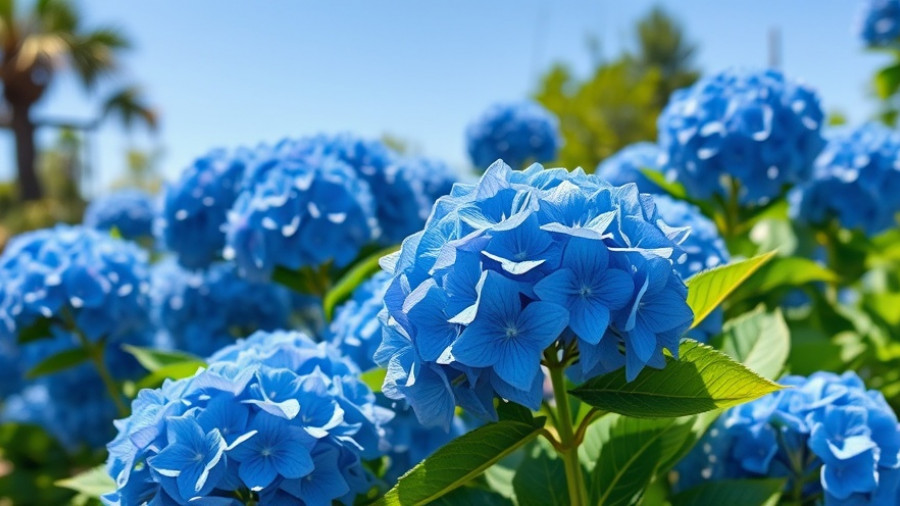
Unleash Your Inner Baker: A Guide to Growing Grains for Bread
Homemade bread brings warmth to the kitchen, filling the air with an irresistible aroma. But did you know that you can elevate your bread-making journey by growing your own grains? With the rise in popularity of homemade goods and a renewed interest in sustainability, cultivating your own grains can transform your baking while reconnecting you with nature.
Nutritional Benefits of Growing Your Own Grains
One of the best reasons to grow grains at home is the enhanced nutrition they provide. Whole grains are packed with vitamins, minerals, and fiber compared to their refined counterparts. For example, whole wheat flour made from homegrown wheat is richer in nutrients and can be healthier than store-bought white flour. Opting for grains like rye or spelt can introduce even more diversity to your diet, with each variety offering unique health benefits and flavor profiles.
Why Your Garden Needs Grains
Grains not only nourish your family but also improve your garden's health. When you plant grains, you contribute to soil health by preventing erosion, enhancing nutrient cycling, and supporting beneficial insects. Grains generally require less water than many garden vegetables, which makes them a sustainable choice for water-conscious gardeners. As a bonus, growing grains can introduce lovely textures to your garden landscape.
Top Grains for Home Baking
Let’s explore some of the best grains you can grow to create delicious bread:
- Wheat: The quintessential bread grain, wheat includes varieties like spelt, einkorn, and hard red wheat that elevate any loaf with their rich flavors and nutritional value.
- Rye: Known for its earthy taste, rye grains are perfect for traditional pumpernickel and rye bread. This hardy grain thrives in cooler climates and can easily be grown in your backyard.
- Oats: Not just for breakfast, oats can be used in baking. They produce a lovely, hearty texture in bread and are also great for health benefits.
- Corn: Sweet corn can add a unique flavor to cornbreads. Its versatility ensures that you can enjoy it in various dishes throughout the growing season.
Practical Tips for Growing Your Grains
To successfully grow grains, consider these practical insights:
- Soil Quality: Ensure you start with well-drained soil enriched with organic compost. Grains thrive in nutrient-rich ground that promotes healthy growth.
- Watering Schedule: Most grains require regular watering, particularly during the initial growth stages. As they mature, their drought-resistant nature will reduce watering needs.
- Harvest Timing: Be vigilant about when to harvest. Grains are usually ready when the seed heads turn golden-brown and feel firm to the touch.
Implementing Outdoor Kitchen Designs with Homegrown Grains
Imagine baking bread in your outdoor kitchen, surrounded by the fresh air and the elements of nature. Homegrown grains elevate your backyard cooking experience, allowing you to create meals that feel even more rewarding. Utilize grains in your cooking and incorporate backyard makeover ideas like a rustic bread oven, where you can bake fresh loaves right in your garden.
In Conclusion
Growing your own grains is not only sustainable but allows you to create delicious homemade bread that nourishes your body and your community. As you garden and bake, share your creations with family and friends, fostering a connection that's stronger than ever. So, roll up your sleeves, plant those grains, and let the aroma of freshly baked bread fill your home.
 Add Row
Add Row  Add
Add 




Write A Comment